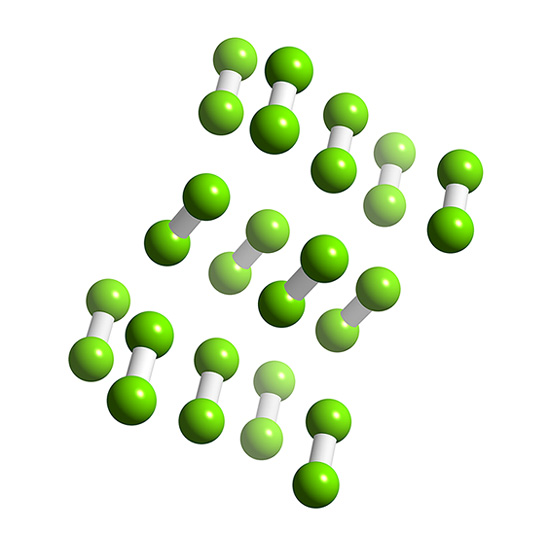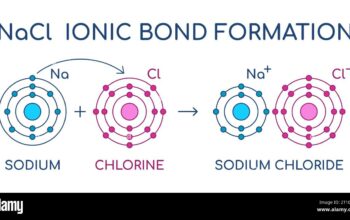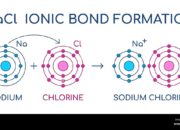Chlorine, represented by the symbol Cl, exists as a diatomic molecule at standard temperature and pressure, primarily in the form of Cl2. This begs an intriguing question: Is Cl2 merely an element, a molecular configuration, or does it possess characteristics of both? This investigation will delve into the essence of what defines an element and a molecule, while elucidating the unique properties that Cl2 brings to the table.
To begin unraveling this conundrum, it is imperative to define key terminologies. An element is a fundamental substance that cannot be broken down into simpler substances through chemical reactions. Elements consist of atoms, which are defined by the number of protons in their nucleus. Chlorine is classified as a chemical element, with an atomic number of 17, embodying numerous isotopes, the most notable of which are Cl-35 and Cl-37.
In juxtaposition, a molecule is a grouping of two or more atoms held together by covalent bonds. In the case of Cl2, two chlorine atoms bond to form a diatomic molecule. This leads us to the crux of the dilemma: Is Cl2 solely an element, a molecule, or are both definitions applicable in this scenario?
To further dissect this matter, one must consider the underlying structure of Cl2. The molecule consists of two chlorine atoms sharing a pair of valence electrons, resulting in a stable configuration that is energetically favorable. This diatomic arrangement not only influences its physical state—existing as a greenish-yellow gas under normal conditions—but also affects its reactivity and interaction with other chemical species.
From a molecular standpoint, Cl2 exemplifies characteristics that can be ascribed to both an element and a compound. As an element, it retains its elemental identity, being constructed exclusively from chlorine atoms. However, in its diatomic form, it aptly reflects the definition of a molecule—composed of two atoms bonded together. This duality is essential for understanding the behaviors and properties of chlorine in various chemical contexts.
Now, consider the implications of classifying Cl2 strictly as an element or a molecule. If one opts to designate Cl2 merely as an element, one could potentially overlook the significance of its molecular interactions, particularly in reaction chemistry. Conversely, relegating it entirely to the classification of a molecule might ignore its inherent elemental properties that govern its reactivity and characteristics in diverse environments.
Moreover, understanding Cl2 as both an element and a molecule presents an opportunity for a broader comprehension of chemistry itself. Take diatomic gases like oxygen (O2) and nitrogen (N2). Similar to chlorine, these gases are formed through the combination of two atoms of the same element. This categorization illuminates the role of molecular structure in determining features such as electronegativity, phase transitions, and states of matter.
A potential challenge arises when one considers the reactivity of chlorine gas. As a highly electronegative element, Cl2 participates in a plethora of chemical reactions, from simple oxidation to complex organic synthesis. This underscores the significance of chloride ions (Cl–), derived from Cl2, in both biological systems and industrial applications. Thus, Cl2 is not merely a passive constituent; it is an active participant in countless chemical processes.
Furthermore, chlorine’s application in disinfection, particularly in water treatment processes, highlights its elemental nature within a molecular framework. The ability of Cl2 to form various compounds, such as hypochlorous acid (HOCl) when reacting with water, exemplifies its dualistic identity, serving essential roles in maintaining both safety and public health.
In a broader context, one must not ignore analogous elements in the periodic table that also exist as diatomic molecules, such as hydrogen (H2) and fluorine (F2). Each exhibits properties that illustrate the intersection of elemental and molecular characteristics. The fluidity of definitions surrounding elements and molecules adds complexity to our understanding and classification of matter, provoking continued inquiry into the nuances underpinning chemical identity.
In conclusion, the classification of Cl2 as both an element and a molecule encapsulates the intricate web of relationships that defines chemical substances. As one traverses the realms of chemistry, the interplay between atomic and molecular structures becomes apparent, unearthing a rich tapestry of interactions and behaviors. This resistive duality facilitates a deeper understanding of chlorine’s role within the natural world, inviting further exploration into the material essence that transcends conventional boundaries. Through this lens, Cl2 emerges not only as a chemically significant entity but as a profound illustration of the complexities that underlie the study of elements and molecules alike.












